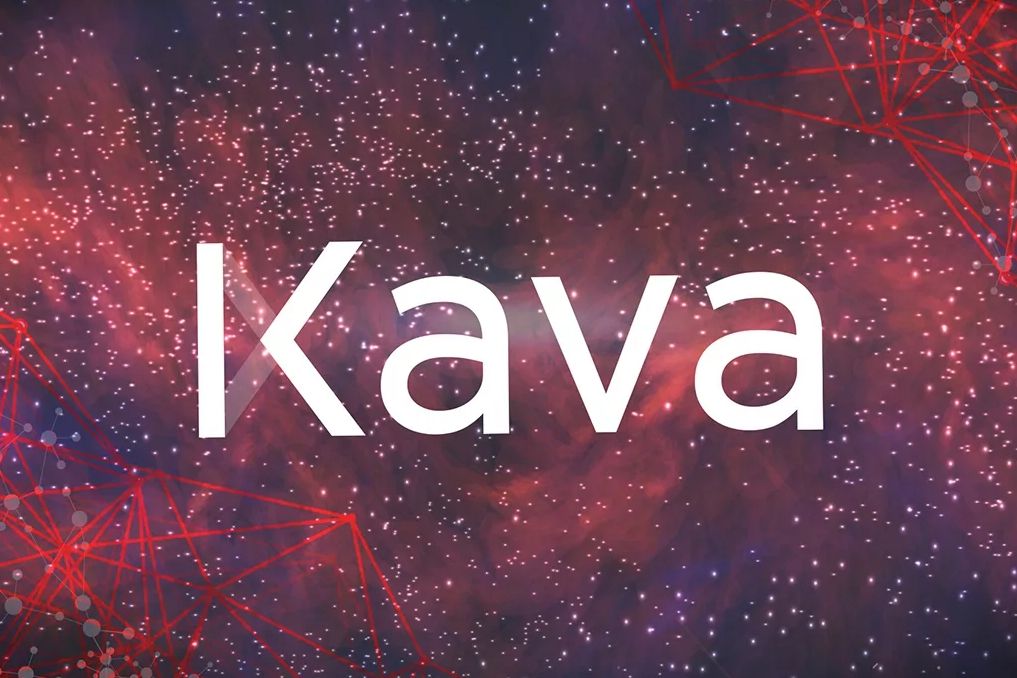Kava maintains first-mover DeFi advantage with a 45% APR on Bitcoin

There needs to be a stronger focus on mainstream crypto assets to advance the appeal of decentralized finance. Kava delivers on its promise by letting users earn staking rewards in Bitcoin via the HARD Protocol Money Market. A significant step forward for the DeFi industry as a whole.
The Role Of Bitcoin in DeFi
The first generation of decentralized finance products and services lets users earn native tokens, but not crypto-assets that matter. Although yield farmers welcome any form of earning or fee, it would make a lot more sense if one earns the same assets as the one they provide. For example, if a user contributes Bitcoin to DeFi, they should earn Bitcoin for doing so. In the current decentralized finance landscape, that is not always possible.
One thing the industry lacks today is a focus on cross-chain asset support. While Compound has built a cross-chain Gateway chain, Kava's HARD cross-chain money market is already in its second iteration. Thanks to upgrades by the developers, HARD Protocol can serve users of significant crypto assets with money market services before Compound can do so.
The downside to decentralized finance is how many projects promise things, but they can't always deliver on them. Kava is not only providing ready-to-use DeFi solutions, but it also completed the end of this white paper by delivering what the team set out to do. More importantly, the Hard protocol is a fully functional money market with feature parity to Compound and Aave. Competition in DeFi continues to ramp up, bringing more features and options to interested users.
Massive Bitcoin Rewards
By supporting cross-chain assets, Hard protocol users can earn Bitcoin on BTC, XRP on their XRP, and so forth. No other DeFi platform is capable of providing such a service with effective rates of return. Through the Kava developers' tireless effort, it is now possible for institutional players to leverage HARD Protocol to its full potential.
As numerous companies have a public Bitcoin Treasury, they can put these assets to work and earn an APR of over 45% in 12 months. Increasing one's Bitcoin holdings by nearly 50% without counterparty risk will bring tremendous institutional attention to decentralized finance. Bitcoin contributors can opt for a 15% APR normally or delay their earnings for up to 12 months to achieve three times the standard return.
Following this feature's launch, it is not unlikely that other DeFi protocols will take a similar approach to unlock the potential of cross-chain assets. However, they will always be behind the curve, as Kava's Hard Protocol already provides this functionality today. More specifically, Kava beat projects like Compound to the punch by an entire year, as it has a working product with cross-chain functionality built-in. Having the first-mover advantage in the competitive space is essential for any project looking to succeed in the long term.
Another significant advantage is how the HARD Money Market V2 will provide the cheapest borrowing rates among all crypto lending projects. For Bitcoin holders, this means they can earn BTC rewards from staking and even borrow dollars from their liquidity to acquire more Bitcoin. It is another appealing option for institutional clients looking to increase their Bitcoin exposure and benefit from market momentum.
Conclusion
Attracting the attention of institutional clients is what will usher in the era of broader mainstream DeFi adoption. Solutions like Kava and its Hard Money market show there are many bountiful opportunities for Bitcoin holders to explore. Until now, the lack of Bitcoin support in DeFi has been problematic, yet the advent of cross-chain solutions can make a positive impact.
As Bitcoin enables users to control funds, it is only logical to see it impact decentralized finance solutions. Rather than relying on centralized providers to offer loans, money markets, or savings rates Kava provides these services in a decentralized environment. It is the DeFi infrastructure that financial institutions can trust and rely on.




